
Future of Digital Banking in India
15 Dec 2022

Table of Content
Growth of Digital Banking in India
Covid- 19 has successfully established a new dimension to the future of digital banking in India. India saw a meteoric rise in digital adoption in that period. The emergence of new digital participation from other financial entities aided transition at the micro level. A global survey by Mastercard reveals Indians as the most willing in the Asia Pacific to embrace emerging digital payment methods. Boston Consulting Group's (BCG) research report further points out that digital growth in India attributes to a 'surplus of capital, maturing infrastructure and favourable underlying customer demographics.' Indian banking is setting an example as a 'model banking of the future,' paving way for successful UPI payments, and QR codes. This approach should be adopted for lending and data management too.
Digital transformation in Indian banking is based on these key factors of growth.
- Banks while utilising customer awareness build a solid ground for trust. Being a brand, they have a customer base and versatile digital platforms.
- Existing financial services have given further leverage to their assets.
- Banks are providing unique and compelling value propositions in their commercial offerings, owning tech stacks, that are 100% automated, recording a strong digital performance backed by staff agility.
- Marketing and credit depend on data and analytics.
- Risk management in digital banking is higher and more accountable in the banking sector.
What Encouraged and Accelerated this Massive Shift to Digital Banking?
Shri Shaktikanta Das, Governor, Reserve Bank of India, attributes the growth in digital banking to 'higher levels of sustainable development and financial inclusion.’ Deep telecom penetration, the availability of the internet and the ready adaptation of technology has accelerated credit access and efficient payment systems for now and the future of digital banking are all responsible for this flourishing growth. The pandemic acted as a catalyst for this transformation. Here is a quick check of the major factors:
- Transformation in Banking: The advent of new technologically powered payment methods like digital currency, blockchain and distributed ledger systems has enabled the adoption of fintech (financial technology).
- Willingness to adopt: Last year 93% of payments were made through digital methods and more than 50% of these transactions were done via QR Code. The use of cash was the third most popular option, and the use of cards went down further. The most active users are Gen-Z (ages 18 to 25) with a 37 per cent and 48 per cent Millennials (ages 26 to 43). Mastercard Indian consumers’ payment preferences report.
- Consumer comfort with digital payment methods: Consumers have access to wearable technology, mobile wallets, credit cards and debit cards and QR codes that enable such payments. The trust that consumers are showing in these payment modes should be respected by fintech players, banks, regulators and most importantly the government for the strong future of the banking industry.
- Growth in biometric payment: Consumers prefer biometric payment over cards or devices. Also, there is growing trust in biometrics over two-factor authentication according to the Mastercard Indian consumers’ payment preferences report.
- Readily using BNPL:Indian consumers have resisted a fairly high usage of BNPL (Buy Now, Pay Later), and they reserve the payment mode for emergencies. There is a large section that felt that they would use this option if it were backed by a major payment network.
- Increase of digital tech talent: India is closing the digital gap in fintech with its optimised skill sets of talented technology professionals.
- Nationwide financial inclusion: Fintech innovations like the Indian stack are speeding greater financial inclusion even in the tier III+ sectors.
- Banks want sustainable growth:Financial institutes must display a robust growth model based on efficiency and accessibility. Traditional banks recognised the role of digital banking in this sphere.
- Covid-19 accelerated growth:During COVID 19 banks recognised the need to respond to customer demand. Banks offered technology that provided financial safeguard, with 24x7 banking, credit, and direct benefit transfer among other services.
Why is it essential for banks to take the Digital Transformation Route?
Digital transformation in banking is the new go-to when banking products and services are customer-centric and personalised. Let us evaluate why banks need to take the digital route.
- Covid 19 eye opener:The Covid pandemic made the world more aware of the importance of contactless payment and digital banking.
- Change in banking demography: Banks are seeing new customer demography that is greatly reliant on digital platforms. These are early adopters of the internet and banks have to fulfil the demands of this generation.
- Banks are facing competition: The competition is just not between private and public banking services but other fintech players rolling out attractive products for customers. Due to strong branding with robust cyber security in banking, digital banks will draw the customer's thrust.
Bridging the Gap Towards Digital Banking
Though India is experiencing a huge inclusivity agenda in future of digital banking, we discuss the holding points that need to be bridged for better digital transformation in banking.
Obstruction in digital inclusion: Digital banking facilities are not reaching places without internet connections. Not everyone is technically savvy and therefore hesitant. India has low literacy levels that impedes digital awareness.
- Fear factors creating resistance:Lack of education and awareness is creating fear of online fraud and cybercrimes. Banks should adopt measures to improve customer awareness.
- Stay abreast with new technology: Banks should keep their digital innovating products and security platforms upgraded with help from specialised professionals to edge out competition.
- Inclusion on Robotic Process Automation (RPA):Channelling repetitive and monotonous tasks to Machine Learning and Artificial Intelligence, banks can provide fillip to their performance.
The Conclusion
India is going through an environment of change in banking and financial technology, led by an amazing talent base. With a mindset to adapt, a simultaneous effort from the government and the watchful eye of RBI, innovation in digital banking will charter new areas of customer inclusion. With the introduction of the Digital Banking Unit (DBU), a minimum digital infrastructure hub delivering banking services and the future inclusion of metaverse in digital banking with its huge potential, the future of digital banking looks promising and optimistic.
Popular Articles
Guide to Getting Agriculture Loan: Application, Eligibility & Required Documents
Tag Clouds
Related Articles
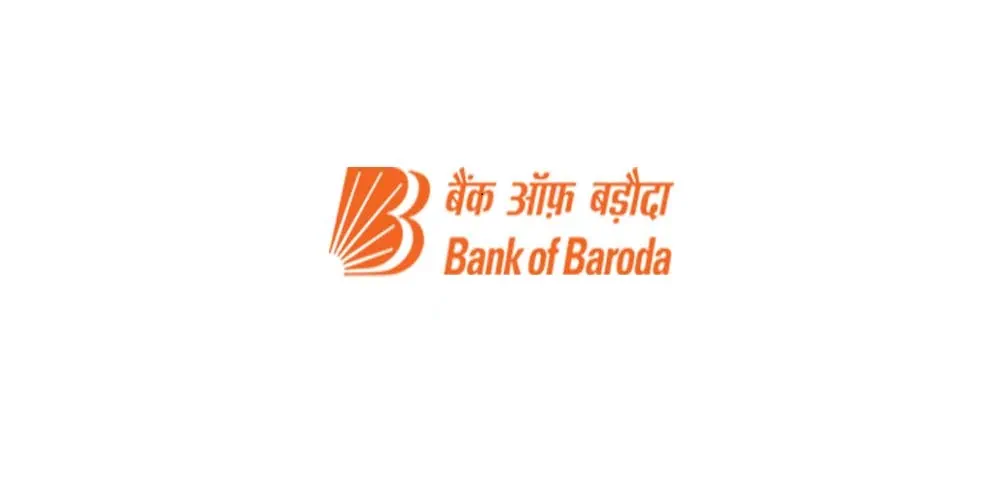
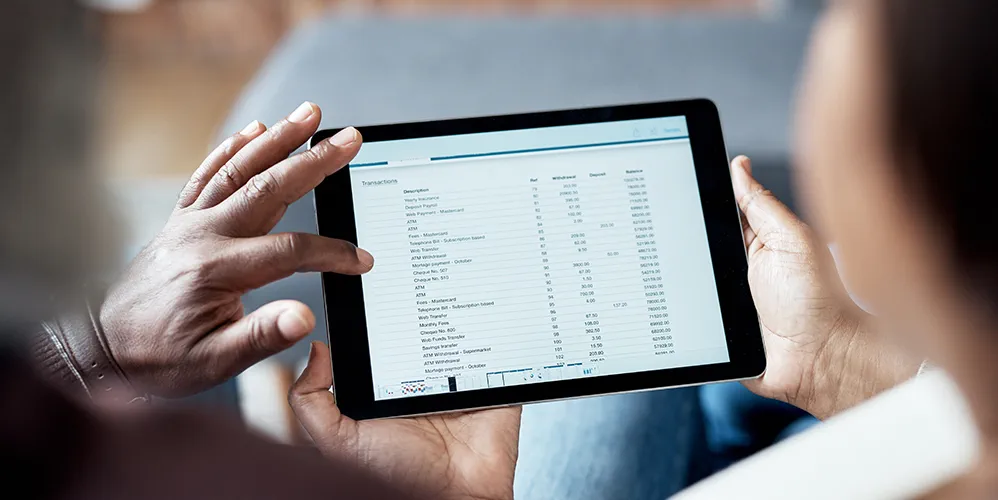




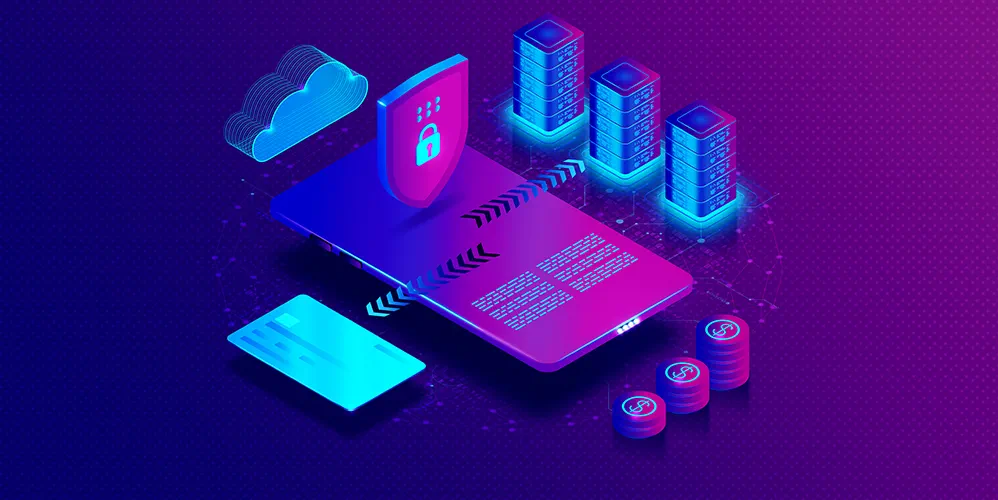
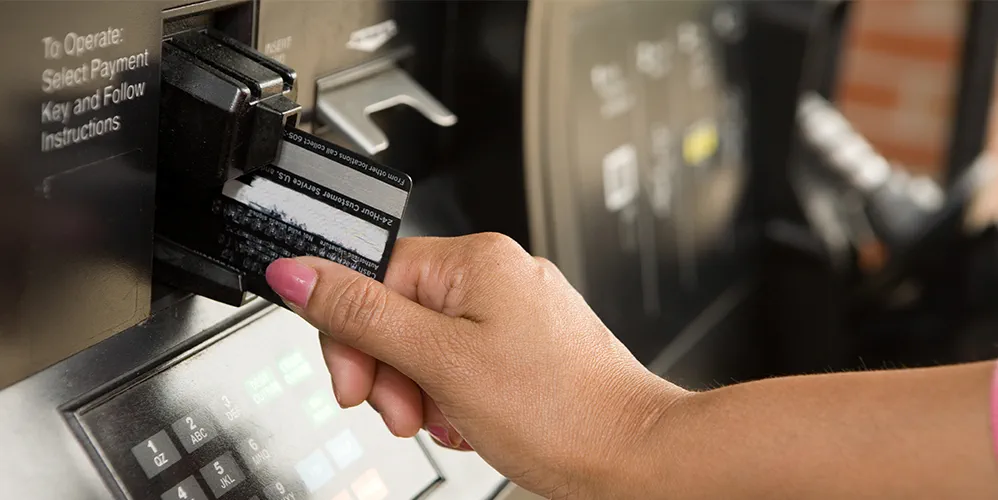

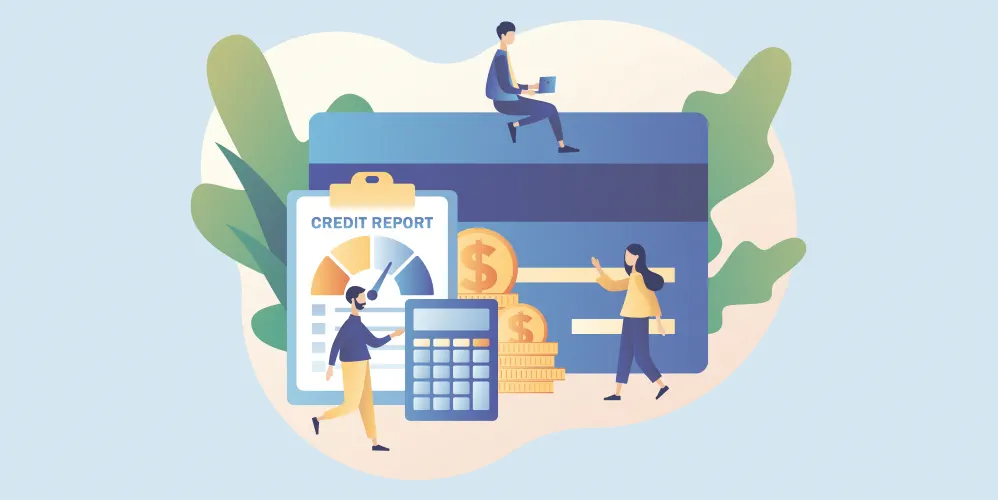
-
Disclaimer
The contents of this article/infographic/picture/video are meant solely for information purposes and do not necessarily reflect the views of Bank of Baroda. The contents are generic in nature and for informational purposes only. It is not a substitute for specific advice in your own circumstances. Bank of Baroda and/ or its Affiliates and its subsidiaries make no representation as to the accuracy; completeness or reliability of any information contained herein or otherwise provided and hereby disclaim any liability with regard to the same. The information is subject to updation, completion, revision, verification and amendment and the same may change materially. The information is not intended for distribution or use by any person in any jurisdiction where such distribution or use would be contrary to law or regulation or would subject Bank of Baroda or its affiliates to any licensing or registration requirements. Bank of Baroda shall not be responsible for any direct/indirect loss or liability incurred by the reader for taking any financial decisions based on the contents and information mentioned. Please consult your financial advisor before making any financial decision.
Digital Banking Trends to Keep in Mind for 2023
With the advent of technology in banking, we are already experiencing a significant change in the way digitalization in banking is affecting the Indian population. Indian consumers, merchants and local vendors are getting used to the technology of cashless financing. Banking apps are also focused on customer ease and solutions, tapping all customer need with intuitive analysis, hosting payment gateways to other more complex solutions, this trend is bound to take off more in the coming years. Though the trend has caught more with the younger generation, it is equally important to upskill the older generation less proactive to the change. Also, while the urban population is holistically gripped by fintech through payments, investments and credits, the digital divide is strongly noticed in rural sectors that still lack technology, education, and training. While COVID-19 leapfrogged mass digital inclusion, bringing the entire population under the Digital Ecosystem will require greater accessibility through regional language, region-specific studies with organic development through offline ambassadors creating a local connection. We know that in India, the government has already set these initiatives in motion, let us see what digital banking trends 2023, hold for fintech digital banking.
Types of Digital Banking
Different types of digital banking systems in India have not only touched the urban elite but are also permeating the rural sector. Digital banking is categorised by different types of digital payments. These modes of digital payment use electronic means replacing cash and cheque. Let us discuss this in detail.

